- europages
- >
- COMPANIES - SUPPLIERS - SERVICE PROVIDERS
- >
- lime
Results for
Lime - Import export
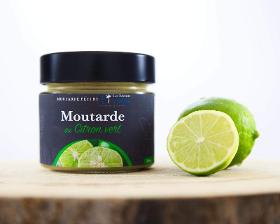
LES SAVEURS DE MAYA
Martinique
Les saveurs de Maya" lime mustard is made from limes grown exclusively in Martinique. This lime mustard goes wonderfully well with vinaigrettes and adds the tangy touch so characteristic of this citrus fruit. It will be the 'twist' on your plate. The perfect accompaniment to fish and shellfish. Perfect in marinades and wraps.
Request for a quote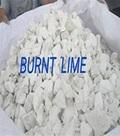
JADAM
Portugal
Burnt lime Calcium oxide (CaO), commonly known as quicklime or burnt lime, It is a white, caustic, alkaline, crystalline solid at room temperature Calcium oxide that survives processing without reacting in building products, such as cement, is called free lime Industries: Glass and ceramics production of glass, calcium aluminate cement, and organic chemicals production of aerated concrete such as blocks with densities of ca. the major use of quicklime is in the basic oxygen steelmaking (BOS) process the quicklime neutralizes the acidic oxides, SiO2, Al2O3, and Fe2O3, to produce a basic molten slag Properties: CAS number 1305-78-8 WE number 215-138-9 Chemical formula CaO Molar mass 56,08 g/mol Customs tariff code 28259019 pH 12,3
Request for a quote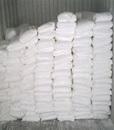
JADAM
Portugal
Hydrate lime Calcium hydroxide (traditionally called slaked lime) is an inorganic compound with the chemical formula Ca(OH)2 It is a colorless crystal or white powder and is produced when quicklime (calcium oxide) is mixed with water It has many names including hydrated lime, caustic lime, builders' lime, slaked lime, cal, and pickling lime Calcium hydroxide is used in many applications, including food preparation, also called milk of lime, is the common name for a saturated solution of calcium hydroxide Industries: Glass and ceramics used to prepare lime mortar as a flocculants, in water and sewage treatment because of its low toxicity and the mildness of its basic properties, slaked lime is widely used in the food industry Properties: CAS number 1305-62-0 WE number 215-137-3 Chemical formula Ca(OH)2 Molar mass 74,09 g/mol Customs tariff code 25222000 pH 12,4 @20°C Melting / freezing point > 450°C Relative density,2,24 g/cm3
Request for a quote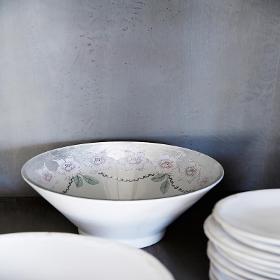
STOOPEN & MEEÛS
Belgium
Murals, stucco, decorative elements, mineral paints, ... NATURAL OXIDES: yellow, red, brown, black SYNTHETIC IRON OXIDES: yellow, red, brown, black DRAGON PIGMENTS: red, yellow, blue, green, grey CHROME OXIDE GREEN COBALTOXIDE: green, blue CARBON- or PITCH-BLACK (limited) ULTRAMARINE: blue, violet TITANIUMDIOXIDE WHITE A pigment is a substance that has the capacity of colouring a certain carrier (cement, plaster, synthetic fibres, paint, …). Contrary to dyes, pigments are insoluble. Therefore, pigments remain under the form of small particles and will just be dispersed in the carrier and so colouring the carrier. The colouring capacity of the pigment depends on the fineness of the particles composing the pigment. In general we can say that the finer the particles are, the higher the colouring capacity of the pigment will be. A pigment is only suitable for certain applications. The pigment shouldn’t react with the carrier.
Request for a quote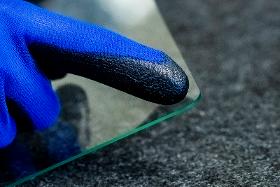
SHAPEYOURGLASS
Belgium
Sodalime is the most prevalent type of glass across the industry. It has high light transmission, and its qualities can be improved thank to our several surface treatments available. On the contrary of the Falcon glass, sodalime glass has a light blue tint, especially visible on the edges.
Request for a quoteDo you sell or make similar products?
Sign up to europages and have your products listed
Results for
Lime - Import exportNumber of results
5 ProductsCountries
Company type